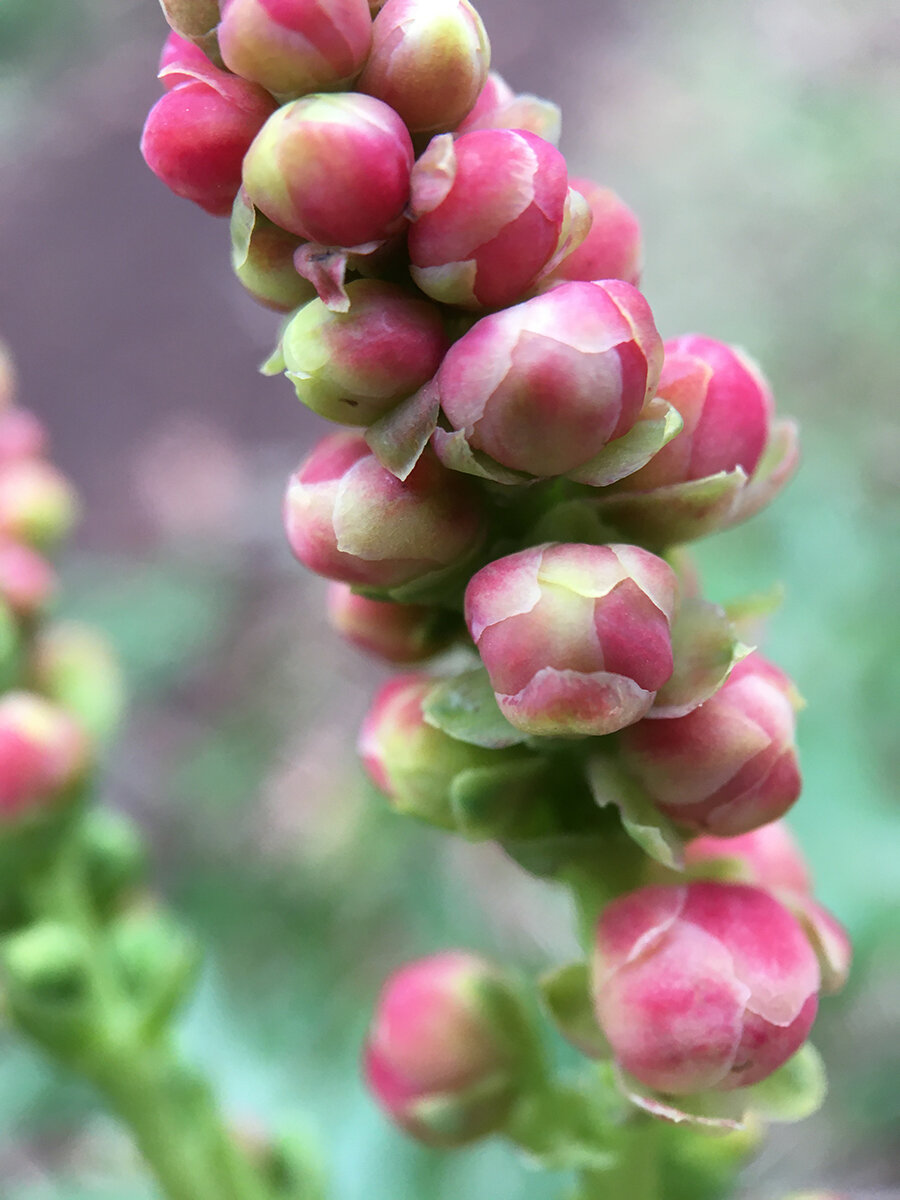In the winter, there is so much to explore. Now is an excellent time to look at all of the overwintering buds of trees and shrubs. They come in many different shapes, sizes, colors, and textures. If you are allergic to poison oak, it would be good to be familiar with how it looks because you can still get a rash from it in the winter. The winter buds of the cascara tree are not covered by scales, the tiny brown leaves are visible on the stem. I didn’t include the incense cedar because it doesn’t form overwintering buds, the shoot tips stop growing in the fall and resume growth again in the spring (Tollefson, Jennifer E.). Have fun checking out their diversity and see how many you can identify. Happy New Year!
Reference
Tollefson, Jennifer E. 2008. Calocedrus decurrens. In: Fire Effects Information System, [Online]. U.S. Department of Agriculture, Forest Service, Rocky Mountain Research Station, Fire Sciences Laboratory (Producer). Available: https://www.fs.usda.gov /database/feis/plants/tree/caldec/all.html [2025, January 1].



























































